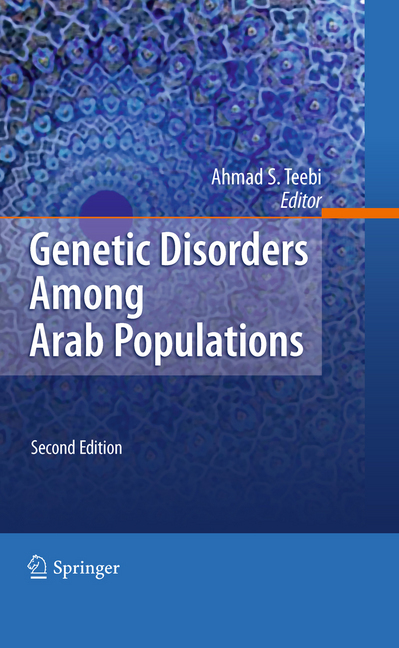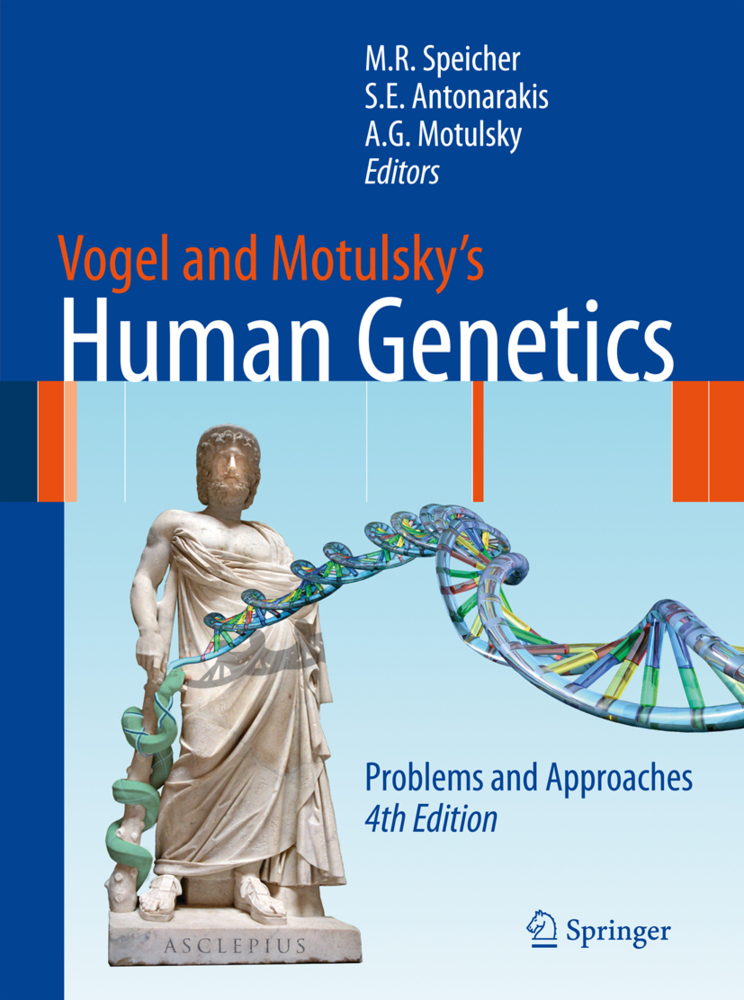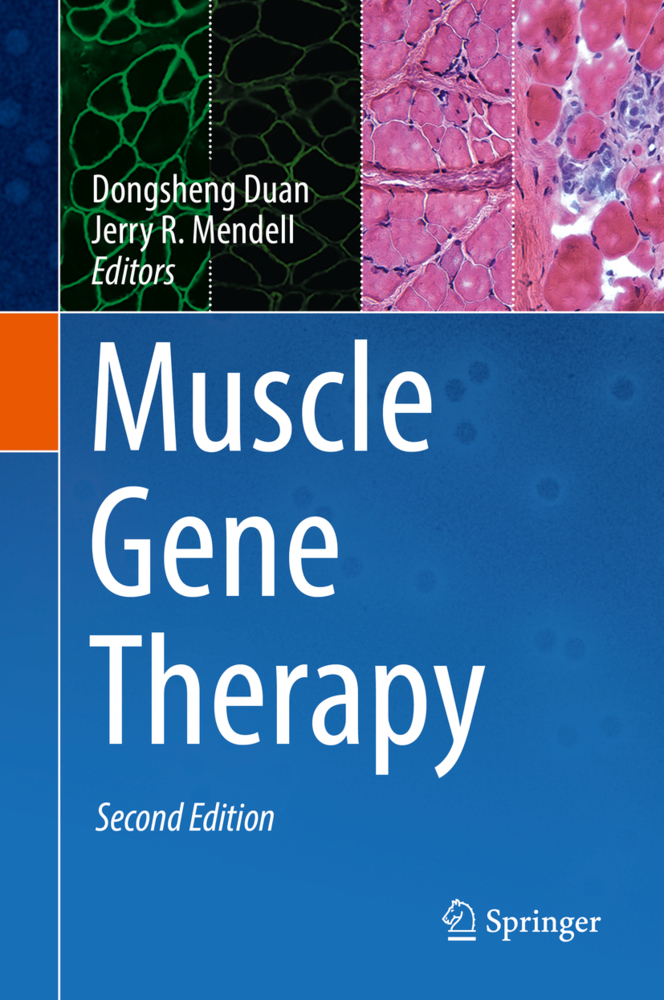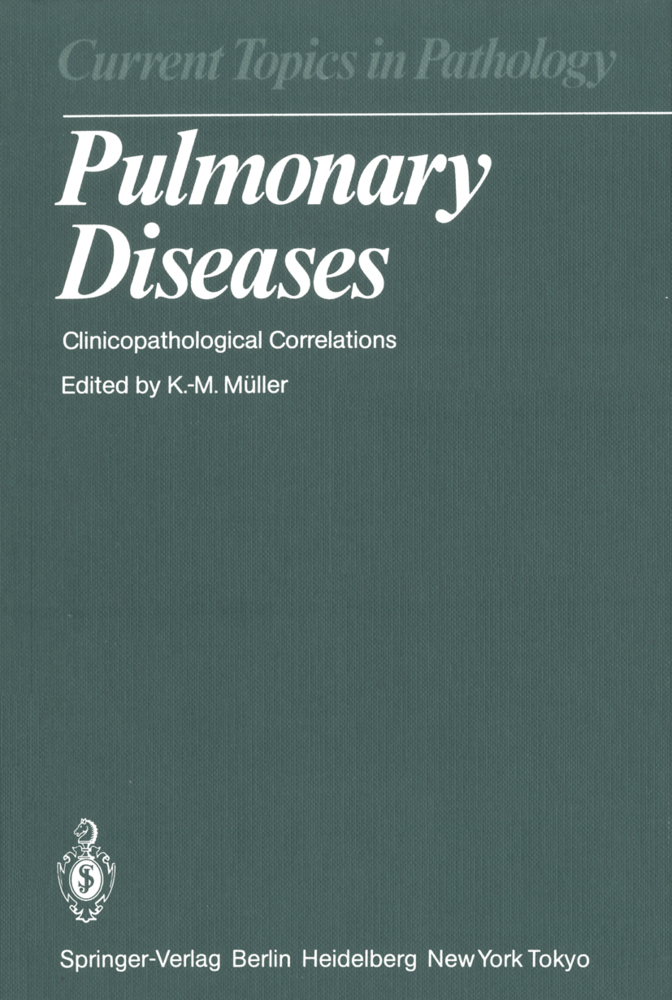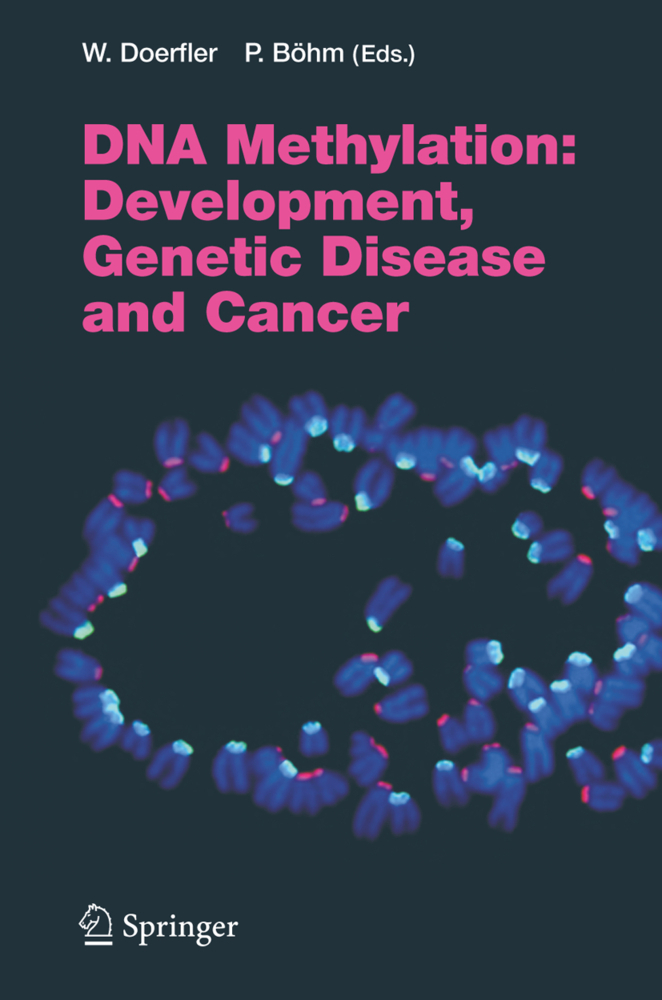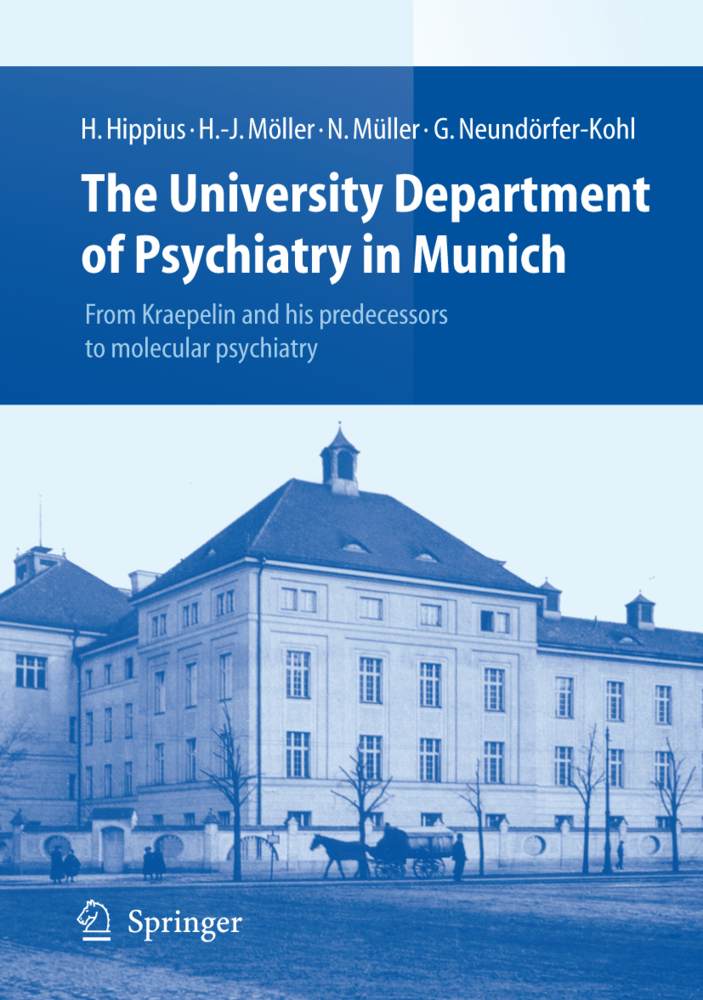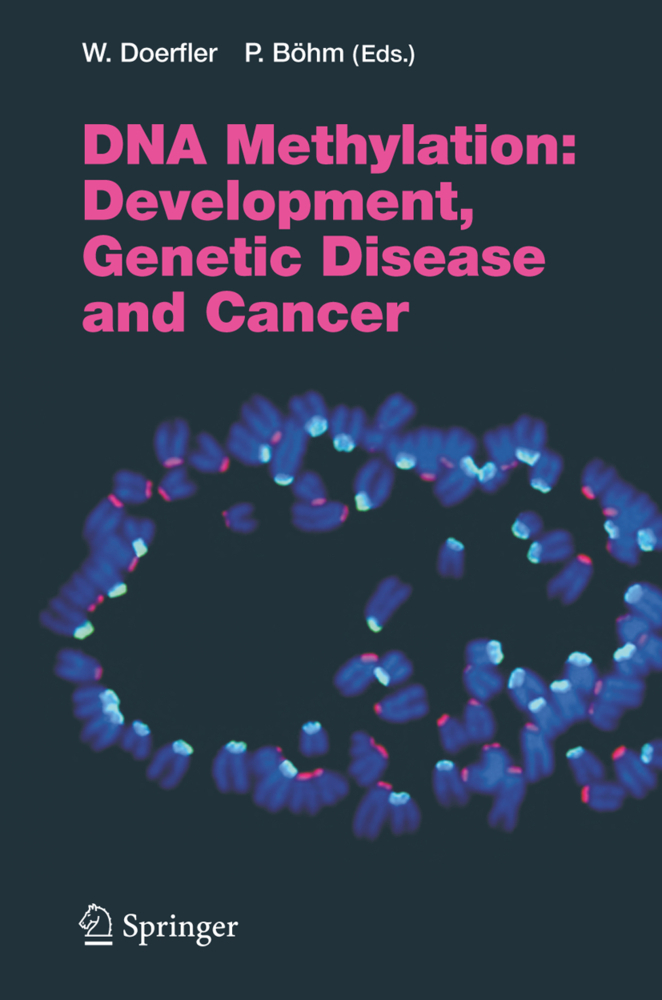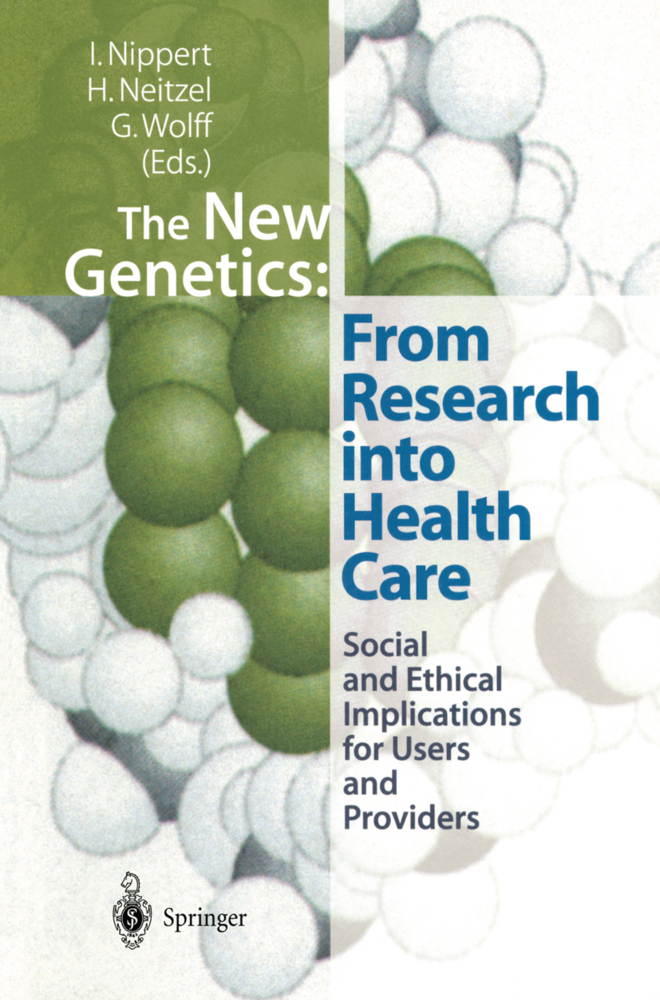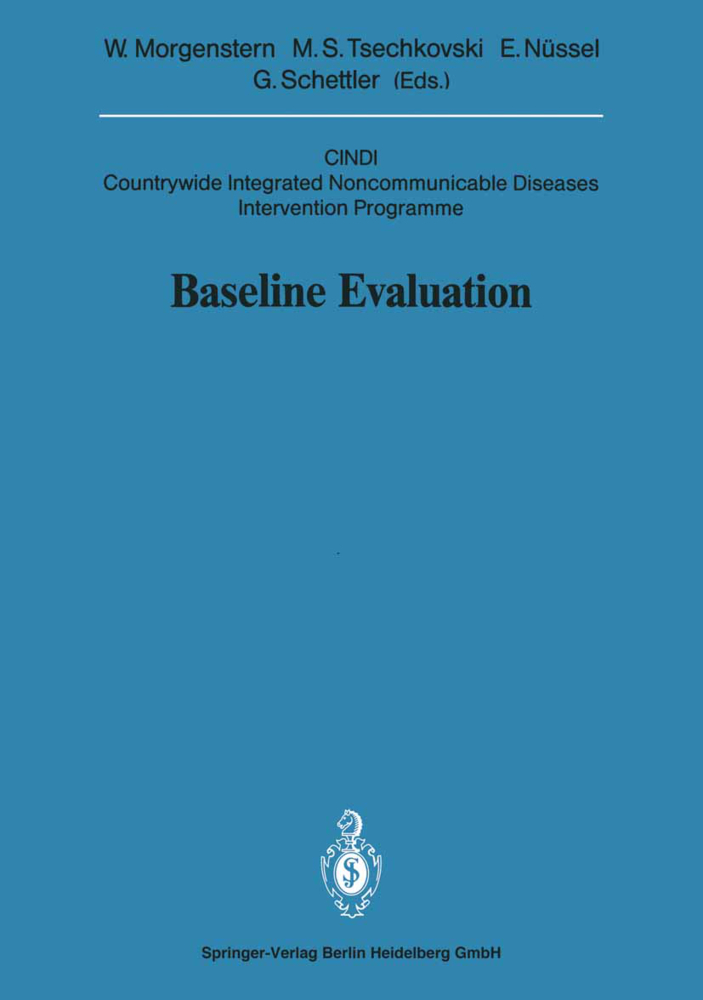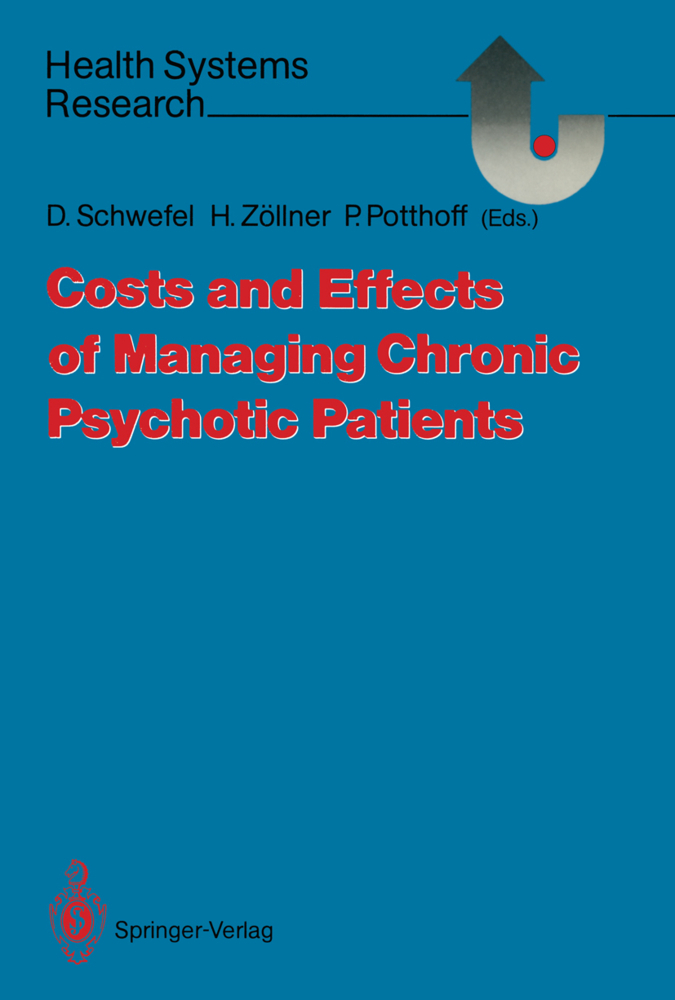Arab populations have their 'own' genetic disorders, both universal and particular. Genetic diversity within these source populations, along with the fact that the rates of inbreeding are often high and family sizes are often large, constitute conditions that facilitate the emergence and detection of phenotypes explained notably by autosomal recessive inheritance; in which case, the use of homozygosity gene mapping can facilitate the discovery of the corresponding genes. The present book includes 5 parts dealing with various aspects that relate to the genetic structure of Arabs and minorities within the Arab world as well as genetic disorders prevalent in this part of the world. It includes updated reviews of the genetic disorders in various Arab countries and geographic regions. The focus is primarily, but not exclusively, on the group of single-gene disorders with particular emphasis on autosomal recessive conditions. It further includes epidemiological and clinical data as well as inheritance patterns, mutation and polymorphism data, and available haplotype analysis data. The ethnic and genetic diversity of the Arab populations is discussed as well as aspects of genetic counseling practice in this region together with a proposal for an ethical framework for genetic research and prevention of genetic disorders. The target audience of this book includes human and medical geneticists, genetic counselors, researchers, medical specialists dealing with Arab patients or practicing in Arab countries, medical and genetic counseling students, and nurses.
1;Acknowledgements;8 2;Foreword;10 3;Contents;12 4;Contributors;16 5;Part I: Introduction;20 5.1;Chapter 1: Introduction: Genetic Diversity Among Arabs;21 5.1.1;Past and Present;21 5.1.2;Ethnic Diversity;23 5.1.3;The Arab/Muslim Family;23 5.1.4;Religion, Culture and Genetic Issues;24 5.1.5;Consanguineous Marriage and Endogamy;24 5.1.6;Autosomal Recessive Disorders;25 5.1.6.1;Hemoglobinopathies;25 5.1.6.2;FMF and Other Auto-inflammatory Disorders;26 5.1.6.3;Muscular Dystrophies and Myopathies;26 5.1.6.4;New Genetic Syndromes First Reported Among Arabs;27 5.1.6.5;Inborn Errors of Metabolism;29 5.1.6.5.1;Classic Phenylketonuria and Other Hyperphenylalaninemia;30 5.1.6.5.2;Other Inborn Errors of Metabolism;31 5.1.6.6;Cystic Fibrosis and Congenital Chloride Diarrhea;32 5.1.6.7;Osteopetrosis Syndromes;34 5.1.6.8;Persistent Hyperinsulinemic Hypoglycemia;34 5.1.6.9;Sanjad-Sakati Syndrome;34 5.1.6.10;Malformation Syndromes;35 5.1.6.11;Xeroderma Pigmentosum;35 5.1.6.12;Non-Syndromic Deafness;36 5.1.6.13;Osteochondrodysplasias;36 5.1.6.14;Genetic Predisposition to Non-disjunction;37 5.1.6.15;Male Pseudohermaphroditism;37 5.1.6.16;Other Disorders Frequently Diagnosed Among Arabs;38 5.1.7;Autosomal Dominant and X-Linked Disorders;38 5.1.8;Interest in the Genetic Disease Among Arabs;39 5.1.9;This Edition;40 5.1.10;References;41 6;Part II: Demography, Economy, and GeneticServices in Arab Countries;53 6.1;Chapter 2: Arab Demography and Health Provision;54 6.1.1;Introduction;54 6.1.1.1;Geography, History, and Ethnicity;55 6.1.2;Stylized Economic and Financial Facts;57 6.1.2.1;Reevaluation of Stylized Facts;60 6.1.3;Arab Population Dynamics;62 6.1.3.1;The Population Aging Problem;65 6.1.3.2;Rural-to-Urban Migration;66 6.1.4;Health Systems and Health Expenditures;67 6.1.4.1;The Pharmaceutical Market Issues;71 6.1.5;Intercountry Inequalities in Health Indicators;71 6.1.6;Conclusion;78 6.1.7;References;79 6.2;Chapter 3: Influences of Systems´ Resources and Health Risk Factors on Genetic Services;81 6.2.1;Healthcare Systems and Services;81 6.2.2;Development Levels;84 6.2.3;Health System Resources;84 6.2.3.1;Human Resources;85 6.2.3.2;Financial Resources;87 6.2.4;Risk Factors and Demands;88 6.2.5;Projection of Health System Performance;94 6.2.6;Genetic Services in the Arab World;95 6.2.7;NBS in the Arab World;97 6.2.8;Conclusion;98 6.2.9;References;98 6.3;Chapter 4: Endogamy and Consanguineous Marriage in Arab Populations;100 6.3.1;Introduction;100 6.3.2;Traditional and Contemporary Patterns of Endogamy in Arab Societies;100 6.3.3;Consanguineous Marriage Within Arab Societies;101 6.3.3.1;The Prevalence and Preferred Types of Consanguineous Marriage;101 6.3.3.2;Religion and Consanguinity;104 6.3.3.3;Demographic, Social and Economic Correlates of Consanguinity;105 6.3.3.4;Contemporary Attitudes Toward Consanguineous Marriage;106 6.3.4;Endogamy, Consanguinity and Genetic Disease in Arab Populations;107 6.3.4.1;Consanguinity and Reproductive Health;107 6.3.4.2;Anthropometric Studies at Birth and in Childhood;108 6.3.4.3;Early Postnatal Mortality;109 6.3.4.4;Consanguinity and Childhood Morbidity;109 6.3.4.5;Consanguinity and Chromosome Aberrations;110 6.3.4.6;Consanguinity and Early Behavioural Disorders;111 6.3.4.7;Consanguinity and Adult-Onset Disease;111 6.3.5;Genetic Counselling for Consanguineous Couples;112 6.3.5.1;Premarital Counselling;113 6.3.5.2;Premarital Screening and Carrier Testing;113 6.3.6;Conclusions;114 6.3.7;References;116 7;Part III: Selected Disease EntitiesPrevalent Among the Arabs;124 7.1;Chapter 5: Familial Mediterranean Fever and Other Autoinflammatory Disorders;125 7.1.1;Familial Mediterranean Fever (FMF, MIM 249100; MEFV, MIM 608107)125 7.1.1.1;Clinical Aspects;126 7.1.1.2;The Genetics;128 7.1.1.3;Genotype/Phenotype Correlation Patterns;130 7.1.2;FMF in the Arabs;131 7.1.2.1;Clinical Aspects;132 7.1.2.2;MEFV Mutations;134 7.1.2.3;Genotype/Phenotype Correlation Patterns;138 7.1.2.4;Needs and Goals for the Future;139 7.1.3;TNF Re
Teebi, Ahmad S.
| ISBN | 9783642050800 |
|---|---|
| Artikelnummer | 9783642050800 |
| Medientyp | E-Book - PDF |
| Auflage | 2. Aufl. |
| Copyrightjahr | 2010 |
| Verlag | Springer-Verlag |
| Umfang | 772 Seiten |
| Sprache | Englisch |
| Kopierschutz | Digitales Wasserzeichen |

